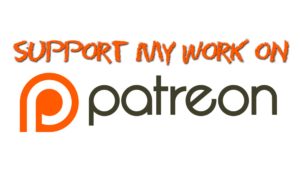Volume and Formulas
6.6 and 6.4
Surface Area, Volume, Modeling
6.4 Surface area and volume of a prism and a pyramid (in particular, cuboid, cylinder, and cone). Surface area and volume of a sphere. Formulae will be given for the lateral surface area of a cylinder and a cone, the surface area of a sphere, and the volume of a pyramid, a cone, and a sphere.
6.6 Use geometric shapes, their measures, and their properties to describe objects. e.g., modeling a tree trunk or a human torso as a cylinder.
Geometric Shapes
and Formulas
Context: This lesson deals with combining various shapes that will collectively make a volume together. Students will deal with this happening in two ways. First, solids added to a fluid, and second, solid removed from a fluid. They’ll also be given a volume and a shape and be asked to determine particular dimensions of the object.
It is important to encourage, and allow, students to struggle with a problem solving approach on this topic. The most difficult part is typically figuring out where to start. The second most difficult part is keeping track of your intention and not losing what numbers represented as a student works through the problem.
With those two ideas in mind, it will be important to allow the time needed for students to work through both issues. It is only after they recognize the usefulness of an efficient method that they will latch onto it.
The latter portion of this 2 to 3 day lesson is all problems. Have students try each problem on their own, or in small groups. Check for quality of thought and consistent follow through, not final answer. If students get “help,” but don’t understand, their work will not math their answer. In this case, the student has probably fooled themselves into thinking they understand. It is important to encourage them to make sense of the entire process.
When modeling how to do these problems, encourage students to NOT perform calculations on the calculator until the last possible step. This will keep them from making as many mistakes, they won’t round, their work will be neat, and it will be faster.
Big Idea
Volume is, roughly speaking, how much space a 3-dimensional object occupies. When solid objects are added to a fluid, like in a cylinder, the total volume inside the cylinder increases by the volume of the object added. The reverse has the same concept.
Key Knowledge
Prerequisite Knowledge: Students need to understand how to manipulate formulas Algebraically, basic calculator functions, and the names and basic properties of common 3D shapes.
Current Facts: Students need to know how the formulas for volume of common 3D shapes.
Pro – Tip
(for students)
There are two keys to success here. (1) Draw a picture of your idea when applicable. (2) Manipulate all formulas Algebraically, saving the arithmetic for the last possible step. Write your un-rounded answer on your paper before rounding. This can save you a lot of time and points from simple mistakes.






